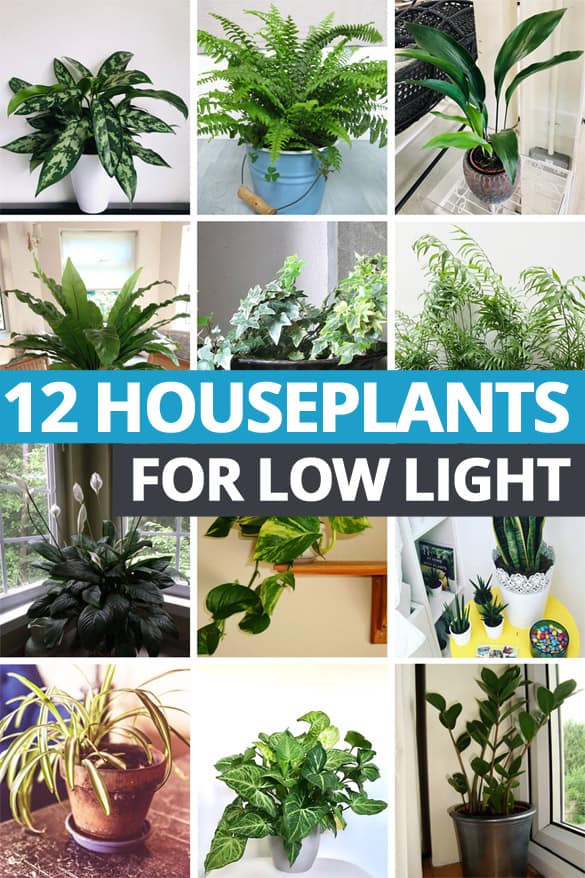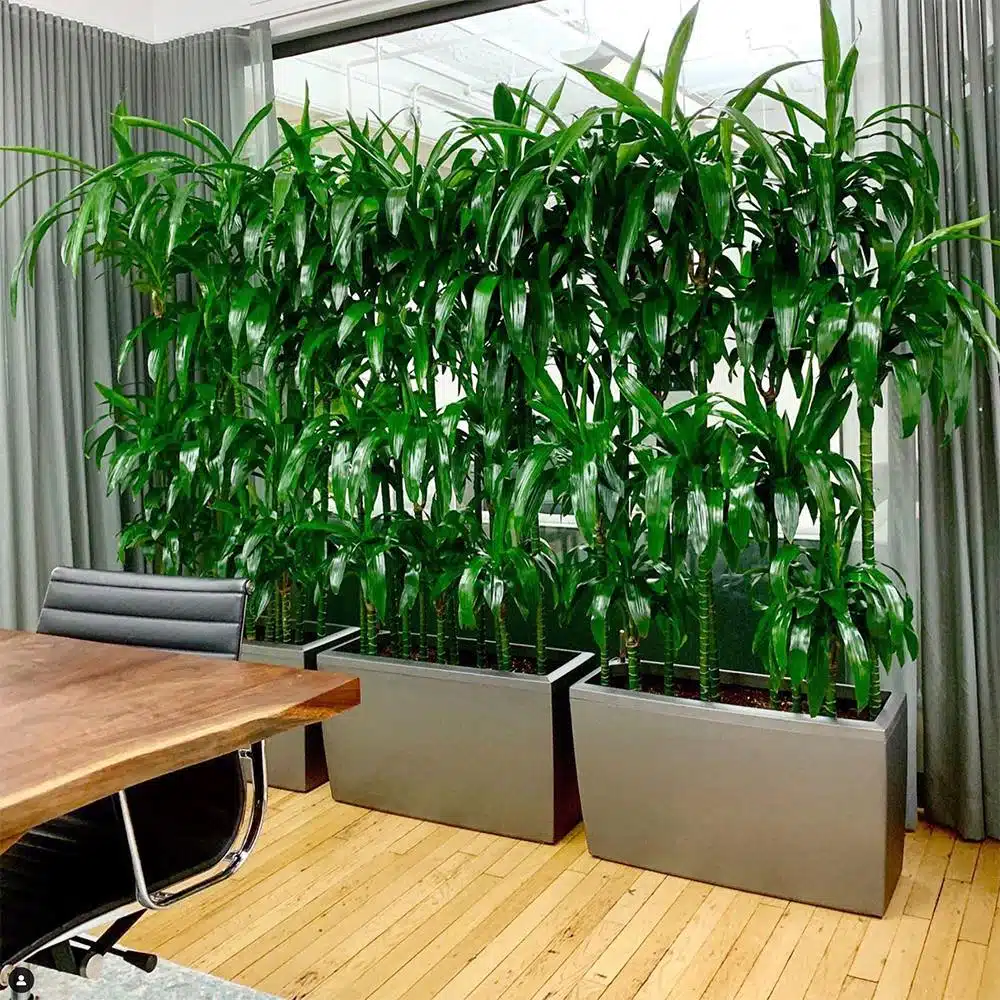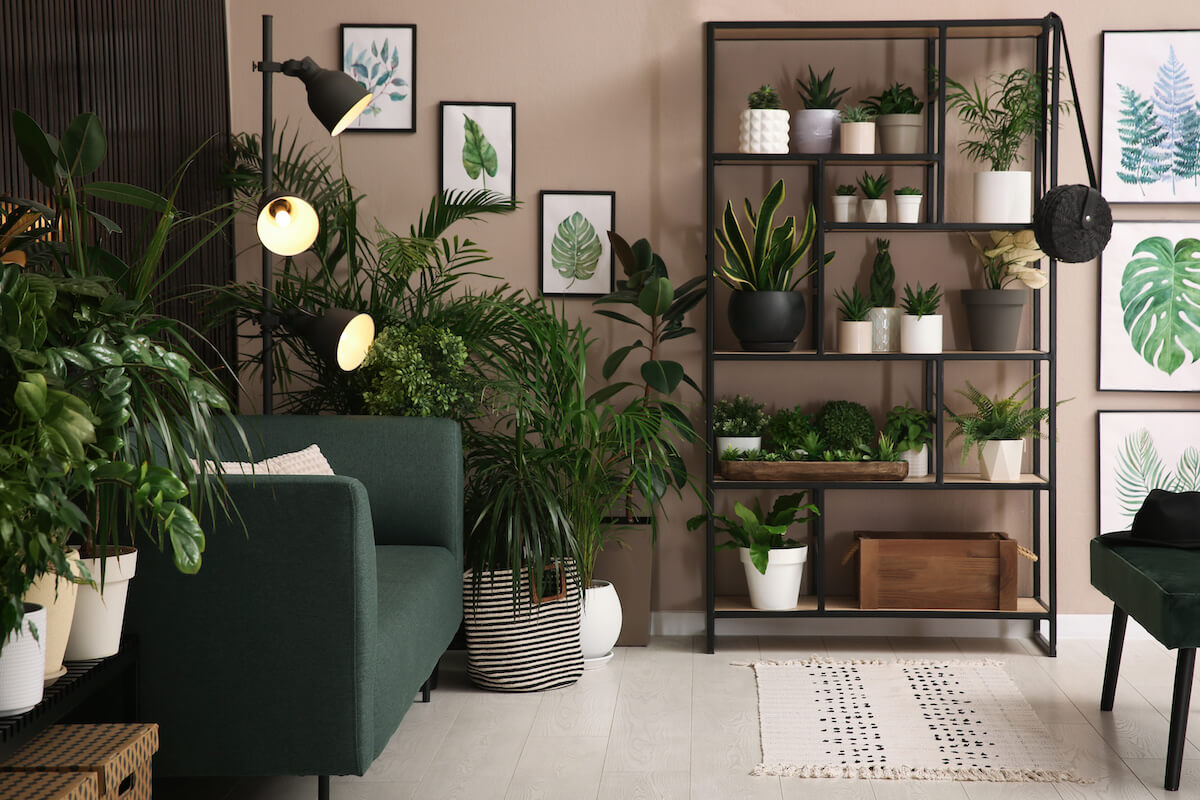Best Low-Light Indoor Plants That Thrive with Minimal Sunlight
Best Low-Light Indoor Plants That Thrive with Minimal Sunlight
Blog Article
Transform Your Home With Beautiful Low-Light Indoor Plants and Their Advantages
Integrating low-light interior plants right into your home can significantly boost both the aesthetic and environmental quality of your home. These plants, which flourish in dim conditions, serve not only as decorative aspects yet additionally as all-natural air cleansers, making them suitable for urban dwellers or those with restricted sunshine exposure. As we explore the various kinds of low-light plants and their advantages, you may find shocking means to incorporate them into your home that can change your environments in ways you might not have anticipated.
Benefits of Low-Light Plants
Low-light plants supply countless advantages for indoor settings, making them a superb option for both amateur and knowledgeable garden enthusiasts. One of the key advantages is their versatility to low-light problems, enabling people to improve their home without the requirement for substantial sunshine direct exposure. This particular makes them suitable for houses, workplaces, and various other locations with restricted all-natural light.

Moreover, integrating low-light plants right into home decoration can raise the visual charm of a space. Their lush foliage and differed appearances develop a relaxing ambience, adding to total health. The visibility of plant has actually been linked to reduced tension degrees and boosted efficiency, making low-light plants a useful choice for enhancing both physical and psychological wellness in indoor settings.
Leading Low-Light Indoor Plants
While several indoor plants grow in bright light, a number of species are specifically appropriate for low-light problems, making them perfect for various interior spaces. One prominent choice is the Serpent Plant (Sansevieria), understood for its striking upright fallen leaves and resilience, needing minimal treatment. One more excellent choice is the Pothos (Epipremnum aureum), which includes heart-shaped leaves and can trail beautifully from wall mounts or shelves, growing in low light and adding a lush touch.
The ZZ Plant (Zamioculcas zamiifolia) is commemorated for its glossy fallen leaves and capacity to endure disregard, making it ideal for busy way of lives. Likewise, the Tranquility Lily (Spathiphyllum) not just tolerates low light however likewise creates sensational white blossoms, boosting any type of space's aesthetic.
For a special touch, take into consideration the Cast Iron Plant (Aspidistra elatior), which without a doubt lives up to its name, prospering in the darkest edges of your home. Last but not least, the Chinese Evergreen (Aglaonema) offers a variety of leaf patterns and shades while being exceptionally forgiving in low-light problems. These plants not just enhance indoor environments yet likewise add to air filtration, boosting your home.
Care Tips for Low-Light Plants

Watering methods are important; these plants frequently prefer somewhat completely dry conditions. Overwatering can bring about root rot, so guarantee that the leading inch of soil is completely dry prior to watering once again. Usage pots with drain openings to enable excess moisture to run away.
Moisture is an additional important factor. Lots of low-light plants, such as brushes and tranquility lilies, take advantage of greater humidity degrees. To boost moisture, consider misting the fallen leaves or putting a tray of water near the plants.
Fertilizing must be approached with caution. Throughout the expanding period, use a weakened, well balanced fluid fertilizer monthly to sustain development, yet stay clear of feeding during the dormant cold weather.

Creative Ways to Show Plants
Indoor plants can work as fascinating prime focus in any type of space, improving both visual charm and atmosphere. Innovative screens can raise the visual effect of low-light plants, making them an essential part of your home design. One effective method is to make use of tiered plant stands, which permit find this you to display several plants at varying heights while taking full advantage of floor space.
Hanging planters are another cutting-edge alternative, producing a sense of depth and attracting the eye upwards. Think about macramé hangers or wall-mounted shelves to present a special structure and style.
For a more organized technique, use geometric terrariums or glass containers to house your plants, adding a modern-day touch to your interior garden. You can also repurpose classic products, such as teacups or wooden cages, for an eclectic display screen that shows your character.
Enhancing Home Ambiance With Plants
Incorporating low-light plants into your home not only boosts aesthetic appeal yet additionally adds significantly to the overall atmosphere. These plants work as natural decoration aspects, introducing a sense of harmony that can transform any kind of room. The visibility of plant fosters a soothing atmosphere, which is especially useful in high-stress settings such as office or living areas.
Low-light plants, such as serpent plants, pothos, and ZZ plants, are not only visually pleasing yet likewise boost indoor air high quality by filtering system pollutants. This double feature enhances the atmosphere better, creating a healthier living room (Best low-light indoor plants). The tactical positioning of these plants can additionally influence the understanding of room; for example, tall plants can draw the eye upwards, making ceilings show up higher and spaces extra spacious
Furthermore, differing appearances and shades of foliage add depth to interior decoration, permitting creative expression in home styling. Whether put on shelves, in corners, or as focal points, low-light plants can boost the state of mind of any space. In summary, incorporating these plants into your home is an efficient method to promote a cozy, welcoming environment while gaining the advantages of boosted air quality and visual versatility.
Conclusion
Including low-light indoor plants into home settings uses various advantages, consisting of improved aesthetic allure and enhanced air quality. These resistant plants, such as the Serpent Plant and Tranquility Lily, require marginal light and maintenance, making them suitable for varied lifestyles.
While several indoor plants thrive in brilliant light, several varieties are especially fit for low-light conditions, making them ideal for numerous indoor areas. One effective technique is to make use of tiered plant stands, which enable you to display multiple plants at differing elevations while making best use of floor room.
Low-light plants, such as snake plants, pothos, and ZZ plants, are my explanation not only cosmetically pleasing but likewise boost indoor air high quality by filtering system pollutants. Best low-light indoor plants. The calculated positioning of these plants can also influence the understanding of room; for instance, tall plants can attract the eye upwards, making ceilings show up higher and spaces extra spacious
These resilient plants, such as the Snake Plant and Tranquility Lily, call for minimal light and maintenance, making them appropriate for varied way of livings.
Report this page